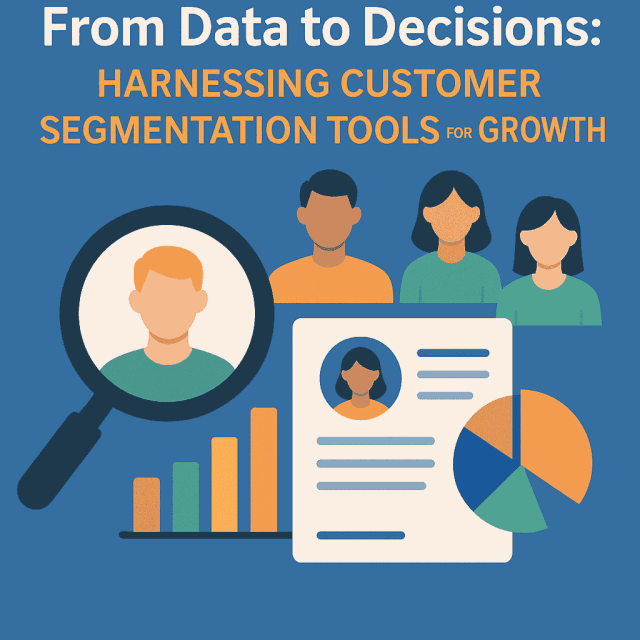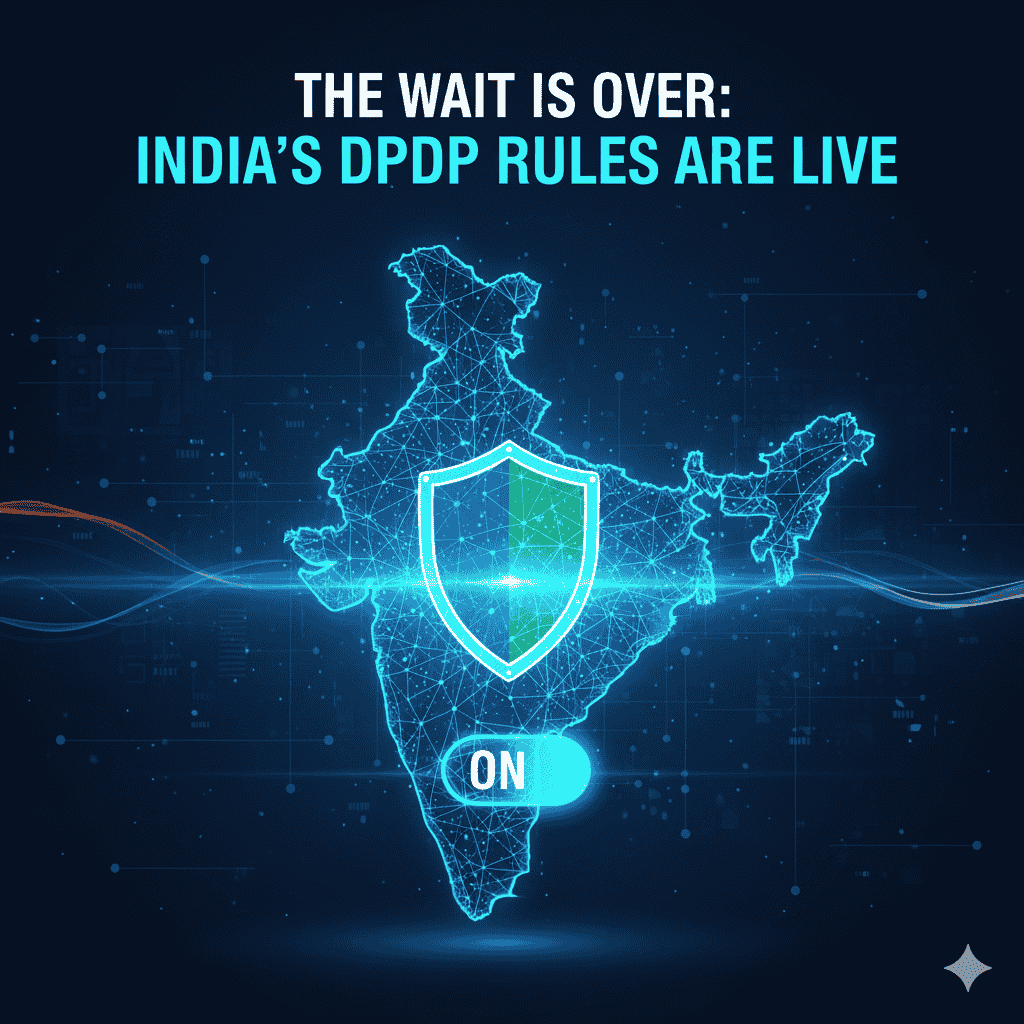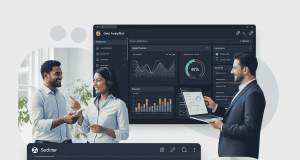In today’s data-driven world, businesses are constantly inundated with information about their customers. The challenge lies not in obtaining this data, but in effectively utilizing it to drive growth. One of the most powerful strategies at a company’s disposal is customer segmentation. This article delves into the importance of customer segmentation tools and how they can transform data into actionable insights for sustainable growth.
Understanding Customer Segmentation
Customer segmentation is the process of dividing a customer base into distinct groups based on shared characteristics. These characteristics can include demographics, purchasing behavior, preferences, and geographical location, among others. By understanding these segments, companies can tailor their marketing strategies, product offerings, and services to meet the specific needs of each group.
Why Segmentation Matters
- Targeted Marketing: Segmentation enables businesses to create targeted marketing campaigns that resonate with specific groups. This increases the likelihood of conversion as the messaging is more relevant to the audience.
- Enhanced Customer Experience: By understanding different customer needs, companies can improve their customer service and product offerings, leading to higher satisfaction and loyalty.
- Resource Optimization: Businesses can allocate their marketing budgets more effectively by focusing on the segments that offer the highest potential for growth.
- Informed Decision-Making: Data-driven insights help businesses make informed decisions regarding product development, service enhancements, and overall strategy.
Tools for Effective Customer Segmentation
A variety of tools are available to help businesses segment their customers effectively. Here are some of the most widely used:
1. Customer Relationship Management (CRM) Software
CRM systems like Salesforce or HubSpot provide valuable insights into customer behavior and preferences. They offer features such as tracking customer interactions and analyzing buying patterns, helping businesses to segment their customers more effectively.
2. Data Analytics Platforms
Tools like Google Analytics and Tableau allow businesses to visualize data and identify trends among different customer groups. These platforms can analyze large sets of data to uncover insights that may not be immediately obvious.
3. Machine Learning Algorithms
Advanced machine learning techniques can automate the segmentation process by analyzing vast amounts of data and identifying patterns that define distinct customer segments. Tools like IBM Watson and Google Cloud AI can help businesses leverage these capabilities.
4. Survey and Feedback Tools
Platforms like SurveyMonkey and Qualtrics enable businesses to gather direct feedback from customers. This can help identify customer motivations, preferences, and satisfaction levels, which are crucial for effective segmentation.
Implementing a Customer Segmentation Strategy
1. Define Objectives
Start by clearly defining your business objectives. What do you hope to achieve through segmentation? This could range from increasing sales in a specific segment to improving customer retention.
2. Collect Data
Gather data from multiple sources, including sales records, website analytics, and customer feedback. The more comprehensive your data, the more accurate your segmentation will be.
3. Analyze and Segment
Use the tools mentioned earlier to analyze the data and identify distinct segments. Look for patterns and behaviors that differentiate these groups.
4. Tailor Strategies
Once segments have been identified, develop tailored marketing strategies for each group. This could involve personalized email campaigns, targeted social media advertising, or custom product offerings.
5. Monitor and Adjust
Segmentation is not a one-time task. Regularly monitor the effectiveness of your strategies and adjust your segmentation as needed based on new data and insights.
Case Study: Netflix
Netflix is a prime example of a company that has harnessed customer segmentation for exponential growth. By analyzing viewers’ viewing habits, Netflix can recommend shows and movies tailored to individual preferences. This level of personalization not only enhances user experience but also drives customer retention and engagement.
Challenges and Considerations
While customer segmentation can yield significant benefits, it also presents challenges:
- Data Privacy: With increasing regulations on data use, businesses must be mindful of how they collect and use customer data.
- Resource Allocation: Implementing effective segmentation strategies may require investment in technology and talent.
- Changing Market Dynamics: Customer preferences can shift, necessitating regular updates to segmentation strategies.
Conclusion
Customer segmentation tools are essential for any business seeking to turn data into strategic decisions. By understanding the diverse needs of their customer base, companies can create targeted marketing efforts, enhance customer experiences, and ultimately drive growth. In an age where customer expectations are ever-evolving, the ability to leverage data effectively will set successful businesses apart from their competitors. Embracing such tools is not just an option; it is a necessity for sustainable growth.









